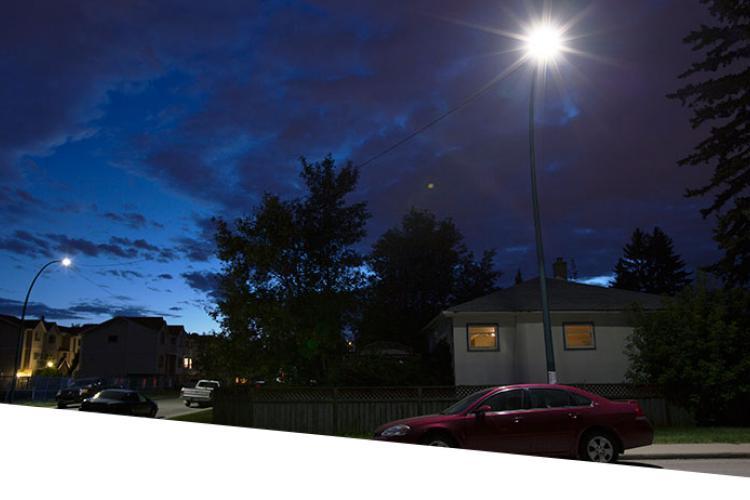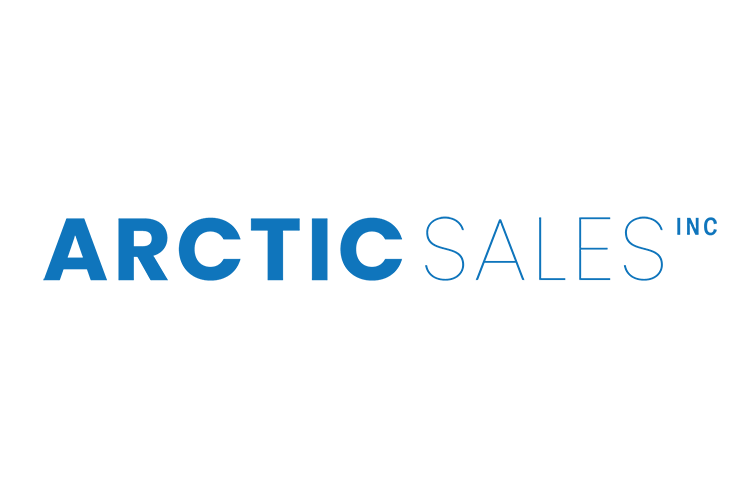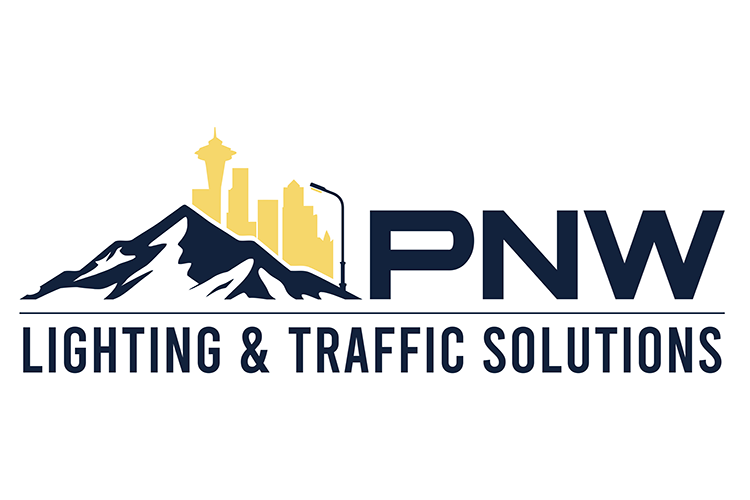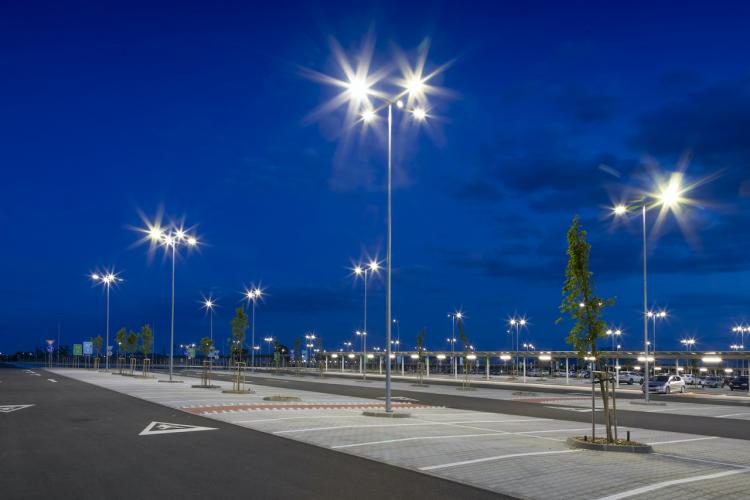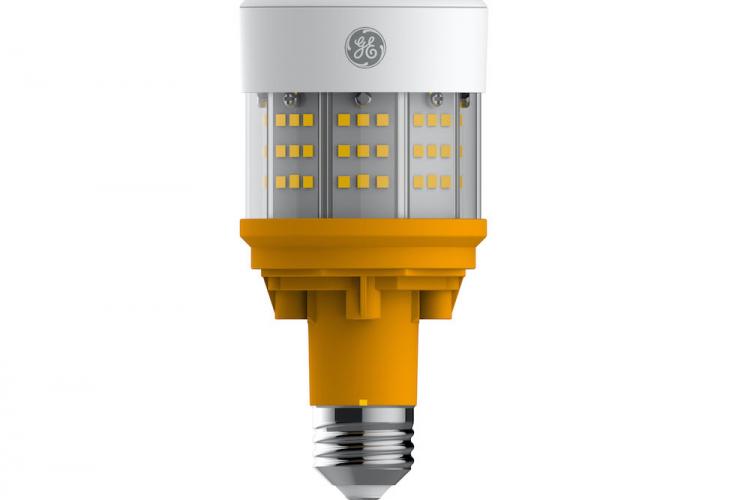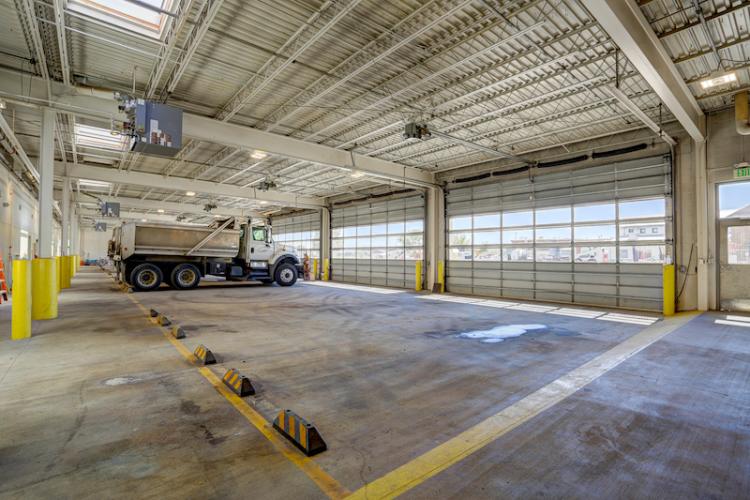The City of Calgary, Lighting the Way
The City of Calgary, Lighting the Way
OUR CUSTOMER
To curb increasing energy costs and the cost of maintaining an aging infrastructure of high pressure sodium (HPS) street lights, the city of Calgary in Alberta, Canada, has begun to evaluate new LED roadway fixtures including those from Current.
THE EXPECTATION
Roads, a business unit of Calgary's Transportation Department, has a mission to provide a safe, effective and well-maintained road system for all modes of travel within the city with a commitment to excellence, innovation and environmental sustainability. This summer the group led an initiative to begin illuminating five communities with more than 2,500 new energy-efficient LED street lights. The plan is to eventually retrofit 90,000 fixtures citywide in a second phase of the initiative.
“Calgary is a growing city, so every year we are adding upward of 3,000 fixtures, which increases the strain on our operating budget in the range of 5 percent,” said Canace Bain, senior leader of traffic design for Roads. “Our first goal is to save energy. Over the last three years of our operating cycle, energy spending has always exceeded the budgeted amount. It's important to note our utility rates are going up as well, and so not only are our citizens impacted by an increasing cost of energy commodities in Calgary, we as a service provider and as a major consumer of energy here in Calgary are impacted too.”
Bain also noted the city has grown from the inside out for over a century and has unique roadway designs because of this. The neighborhoods chosen for this project were from different periods from the 1930s to the 1980s. Each has a different lighting strategy behind it with different lighting geometries to consider. The challenge was to find a lighting product that would meet all of the needs of the different communities and still achieve a minimum lighting level on various roadway types.
As the Roads team was learning, advances in the optical arrays in LED street lights would make it easier to aim light where it was needed, as opposed to “throwing” light in all directions like the city's older street lights tended to do. The LED fixtures the team evaluated also delivered different light distribution patterns to the ground, making it less of a challenge to optimize new lighting layouts around the city's existing light poles without having to relocate or install new poles.
General feedback from the citizens of Calgary and its dark skies community was also that the city was overlit in many aspects. In older communities, however, prevailing tree canopies left citizens feeling as if those neighborhoods were too dark. Thus, the retrofit became an opportunity to make lighting consistent across the city.
The Solution
Current's Evolve™ LED roadway lighting fixtures were considered alongside other North American manufacturers and scored the highest across the majority of products the city evaluated from an efficiency and efficacy perspective.
Roads considered various aspects of Current's product solution, including light distribution and glare, the appearance of the fixture, how easy it was to install, and how easy it would be to maintain in the future. Current was also chosen to supply more than 2,500 street lights for the initial project because of its manufacturing capacity.
“One of the greatest difficulties that we have is that when we schedule construction and we schedule installers we are keeping in mind when we are expecting that product to arrive,” said Michael Gray, a senior street lighting engineer at Roads. “If the manufacturer doesn't keep their promises, it has a ricochet down the entire installation plan."
RESULTS & BENEFITS
Based on its phase one evaluations to date, the Roads team has seen a 52-percent reduction in street lighting energy costs (based on 1,771 fixtures running at 115,191 watts). According to Gray, those types of energy savings are expected to continue throughout Calgary. “We're performing a detailed lighting analysis alongside phase one installations, so it's more than using a simple rule of thumb to measure savings,” said Bain. “It turns out the models we've put together are showing over a 50-percent reduction, which we think is pretty good. Currently, we spend $12.5 million a year to light Calgary's roadways and that number is growing. With those kinds of improvements, we can be talking about millions of dollars of reductions with a payback period of just five to eight years by the time we roll out the technology across the city.”
The development of a new and replicable lighting design standard that can go across all of Calgary has been another significant achievement for the city.
“We've created a unique lighting model and design approach that lets us leverage the LED technology that's available and the different lighting effects that can be achieved. LED technology has allowed us to focus light where it is more important on our roadways and on the pedestrian route,” said Arsheel Hirji, leader of sustainable infrastructure for Engineering and Energy Services at the city of Calgary.
Ward 11 Councillor Brian Pincott added: “I've heard people talk about how nice their streets look at night now, without all that glowing orange, and others have said they can see the stars again. I'm anxious to hear what they say during a good snow storm, when the flakes are falling through the lights because that's always something people like.”
Want to see how you can make your city more efficient?
Contact us to get the conversation started.


